
Indonesia's utility-scale solar projects to take off
Competitive solar production costs will drive installations in the country, according to Roland Berger.
Indonesia will be one of the key drivers of solar installations in Southeast Asia, which is expected to have electricity consumption growth double the rate in China. Dieter Billen, principal at Roland Berger, talks about the types of solar projects set to take off in the country.
What opportunities and challenges lie ahead for solar power developers in Indonesia?
The biggest opportunities are utility-scale solar projects. If you have a large-scale utility-scale solar, especially in economies of scale, you can have competitive solar production costs.
Besides that we also see opportunity in corporate and industrial (C&I), basically providing solar generation to corporate and industrial clients, but also the Googles or Facebooks of this world. Third opportunity: rooftop solar, and finally decentralised solar opportunities for areas that are currently still off-grid.
What is your outlook on solar power in Indonesia?
Solar power is only one key development across the region and in Indonesia. Another major booming source is gas given the availability and the abundance of gas at cheap prices. That’s why solar and renewables, in general, are very complementary with gas; it perfectly fits together. These are exactly the two major trends that are occurring right now in the region.
We are very confident of the deep potential for solar power across in Southeast Asia. This is driven, first of all, by a boom in electricity consumption growth, which is expected to increase by 3.2% per year, that’s double as fast as China. This will require massive capacity additions across the region and we believe that renewables and in particular solar can be very promising opportunities to fill that gap.
At its current state, can solar power go beyond its intermittent nature?
This is one of the biggest challenges is the flexibility, the variability of solar power. There are different solutions for it. One is relying on other kinds of baseload, for example, gas, which is very complimentary and a very good solution to complement solar.
Other developments that we see is improving battery and other storage technologies, which are very new or emerging technologies. The price of batteries are going down tremendously, so this also provides fair opportunities to increase the share of renewables. But of course, in the short term, there are limitations to the percentage that solar power can have.
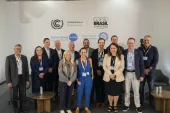


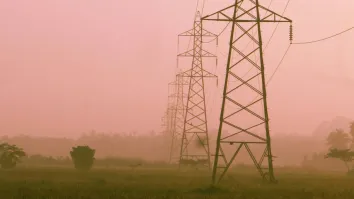
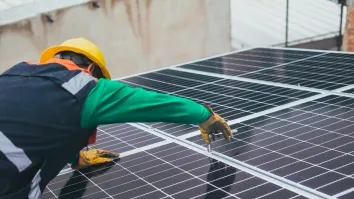





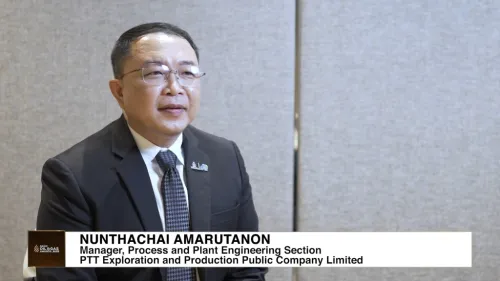
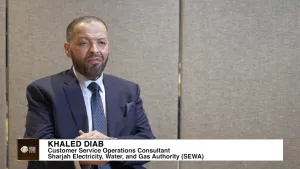




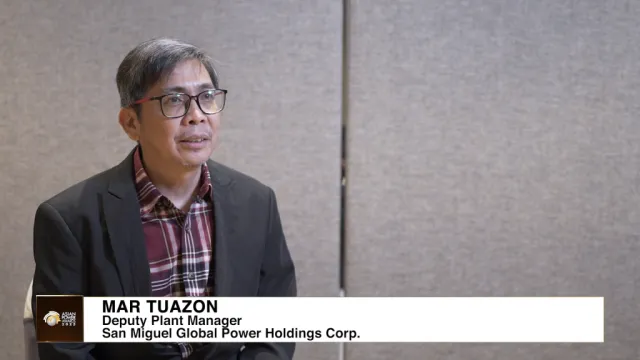
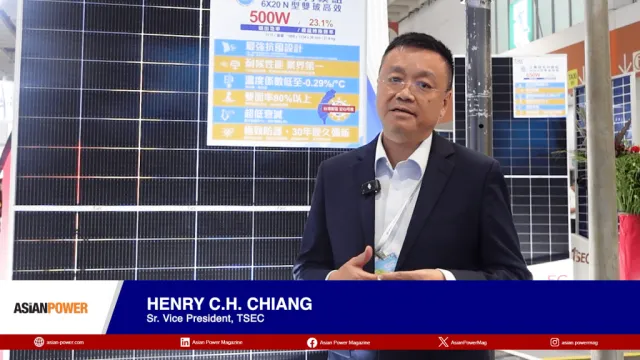

 Advertise
Advertise








